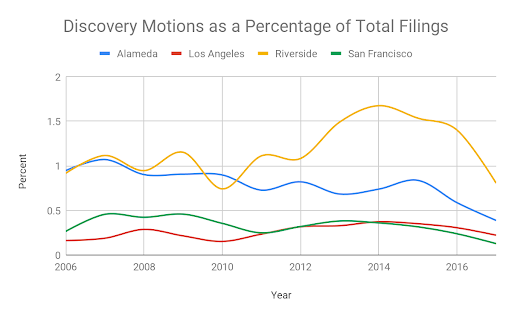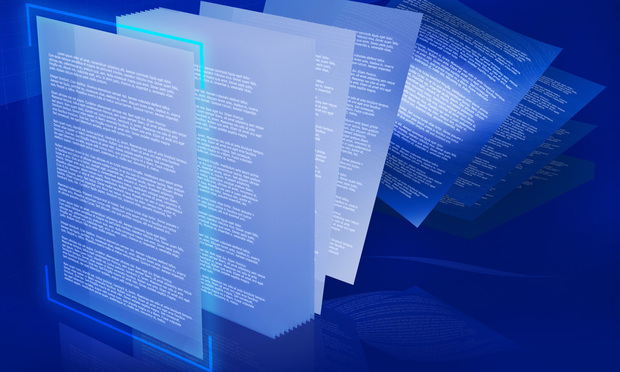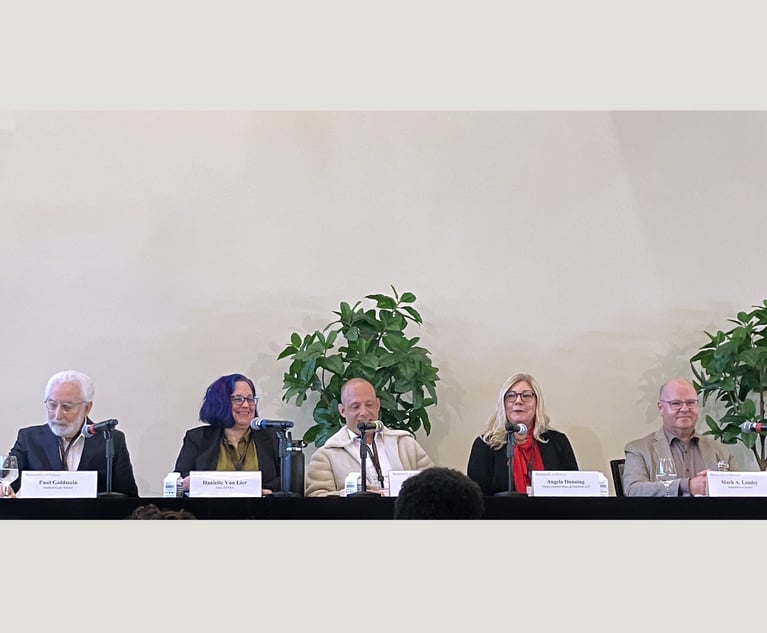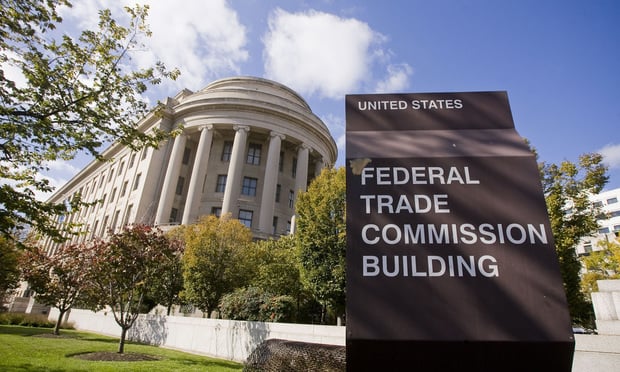Historically speaking, pretrial discovery is a relatively recent addition to common law. Its emergence dramatically changed the course of civil cases, seemingly helping to render the process more fair, more efficient, more transparent. In fact, most civil cases filed in the United States are now settled through discovery—that is, without a trial. And its importance in the litigation process keeps expanding, often acting as its most time-consuming and expensive stage.

Yet, the share of discovery motions filed throughout the Superior Courts of California in the past ten years has remained relatively constant. (Riverside County is a notable exception. More on that below.) More and more of the information sought through these motions is now created and stored in electronic formats. These formats have left behind trails of electronic fingerprints, metadata that cannot be captured in paper printouts. They have also enabled new search functionalities, new ways to index and coordinate disparate pieces of information. As such, the civil rules and procedures guiding discovery have needed updating. The courts required new policies, standards that could help eliminate the uncertainties associated with the discovery of electronically stored information.







